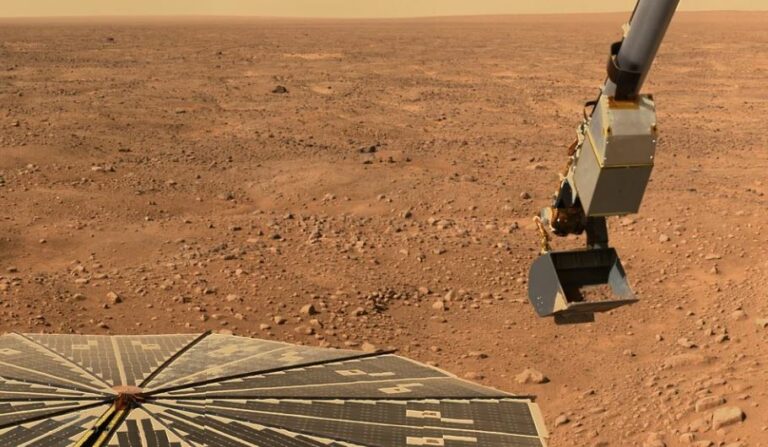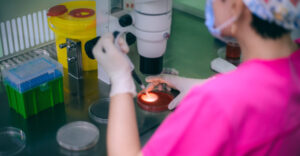The MIT-led Mars Oxygen In-Situ Resource Utilization Experiment, or MOXIE, has been successfully producing oxygen from the Red Planet’s carbon dioxide-rich atmosphere since April 2021. That was about two months after it touched down on the Martian surface as part of NASA’s Perseverance rover and Mars 2020 mission.
In a study published today (August 31, 2022) in the journal Science Advances, researchers report that, by the end of 2021, MOXIE was able to produce oxygen on seven experimental runs. These were performed in a variety of atmospheric conditions, including during the day and night, and through different Martian seasons. In each experimental run, the instrument reached its target of producing six grams of oxygen per hour. This is about the rate of a modest tree on Earth.
Scientists envision that a scaled-up version of MOXIE could be sent to Mars ahead of a human mission, where it could continuously produce oxygen at the rate of several hundred trees. At that capacity, the system should produce enough oxygen to sustain humans after they arrive, and also fuel a rocket for returning astronauts back to Earth.
MOXIE’s consistent production so far is a promising first step toward that goal.
more at scitechdaily.com
also read
Greek erotic company offers 10 million to Amber Heard
Ask me anything
Explore related questions





